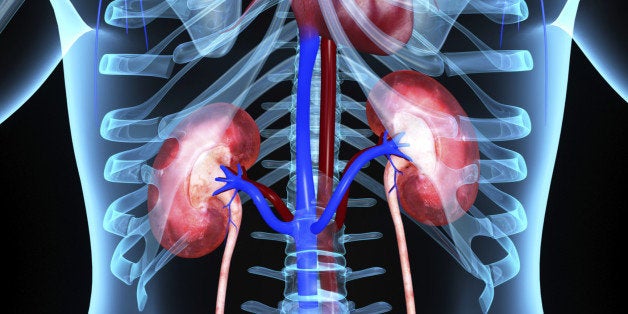
The 2015 resuscitation guidelines were just released! For us resuscitation geeks, this is a big deal! Since the mid-1990s, every 5 years, hundreds of experts from around the world come together to review the science around cardiac arrest and resuscitation to update those guidelines. In non-scientific terms, a cardiac arrest is when someone's heart suddenly stops beating; resuscitation is the care given to restart the heart. These updates are meant to use science and data to improve the Chain of Survival, to increase the number of people who not only survive from cardiac arrest, but also the number of people who act when needed by performing lifesaving bystander cardiopulmonary resuscitation (CPR) and automated external defibrillation (AED).
Science supports the fact that it's up to you, the community bystander, to be the difference between life and death in these situations, and here is how we know this...data! Lots and lots of data! The International Liaison Committee on Resuscitation (ILCOR) is the forum for all of the peer-reviewed consensus on science activity. Resuscitation organizations, including the American Heart Association (AHA), the organizing body in the U.S. for guidelines around cardiac arrest, first aid, myocardial infarction (i.e., heart attack), etc., and other partner organizations from around the globe, work together to determine how new research will affect current treatment recommendations in those areas. Because, like the book The Martian says, "Love of science is universal across all cultures."
The International Consensus on CPR and Emergency Cardiovascular Care Science With Treatment Recommendations (phew, that's a mouth full!) process is time-consuming and thorough. From the ILCOR Consensus, AHA convenes hundreds of experts to participate in reviewing, debating, meeting, and writing, until finally, after science-ing the sh*t out of the resuscitation literature, the updated AHA Guidelines for CPR and ECC emerge. The updated 2015 AHA Guidelines were released last week and are directed at out-of-hospital providers such as Emergency Medical Services (EMS) personnel, in-hospital healthcare providers and the lay-public, aka you, the community bystander. The guidelines this year focus on empowering you to take quick action to help save a life during a cardiac arrest because scientific guidelines only work if you take action.
Cardiac arrest claims more lives annually than breast cancer, lung cancer, and AIDS, combined, more than 500,000 annually in the U.S.. Yet, public awareness of this fact, and cardiac arrest more generally, is lacking. This lack of awareness around cardiac arrest is a major public health problem, and is partly due to the fact that until very recently few people survived a cardiac arrest. It is hard to have a vocal, public outcry without those most affected having the ability to be vocal. But that is changing for a variety of reasons, including the updated guidelines process.
Survival from cardiac arrest has increased positively, albeit incrementally, over the years with just over 10% of cardiac arrest victims surviving. That is why resuscitation scientists worldwide work relentlessly year-in and year-out performing research studies, analyzing data, writing up their findings and presenting their work. The hope is that ultimately this work will contribute to the body of evidence used to update the guidelines and improve cardiac arrest response, care and outcomes.
But we resuscitation scientists can't do it alone! We need you! For every minute someone in cardiac arrest goes without immediate, high quality CPR, his/her chance of survival decreases by 10%. Every minute counts and doing something is better than doing nothing. Which is why the AHA's take home message from the 2015 guidelines (based on science and data) is for everyone, including you, to take action: "quick action, proper training, use of technology and coordinated efforts can increase survival from cardiac arrest."
It couldn't be easier to turn our scientific data into your life-saving action (it's like your own chemical reaction). And technology plays a big part in this reaction. Everyone can leverage the technology all around them to do something; there are no more excuses. Mobile technology not only allows you to call for help from anywhere, at anytime, but there are now smart phone applications (yes, there's an app for that!) that can assist you in performing CPR, and alert you to someone in distress if you have the skills to act; the crowdsourcing CPR app Pulse Point, is just one example of this type of digital technology. Plus you can access the updated resuscitation guidelines from any mobile platform so you can learn what to do!
And what you need to do is simple, ready? If you see someone collapse (or unresponsive on the ground) call 911, check for responsiveness and then push hard and fast on the center of the chest. That's it! #HandsOnlyCPR
If there is an AED around, it is even easier! These devices (again, rooted in sophisticated technology) will not only deliver a life-saving electrical shock to the victim to restart the heart if needed, but will walk you through the steps to performing CPR.
Science and technology are all around us and intricately woven through the updated 2015 AHA Guidelines. So use these advances to be prepared and learn this crucial life-saving skill. Your action may be the difference between life and death!
Read all of the 2015 resuscitation guidelines on the AHA's new web-based platform.
Disclaimer: The American Heart Association does not endorse products or devices.
